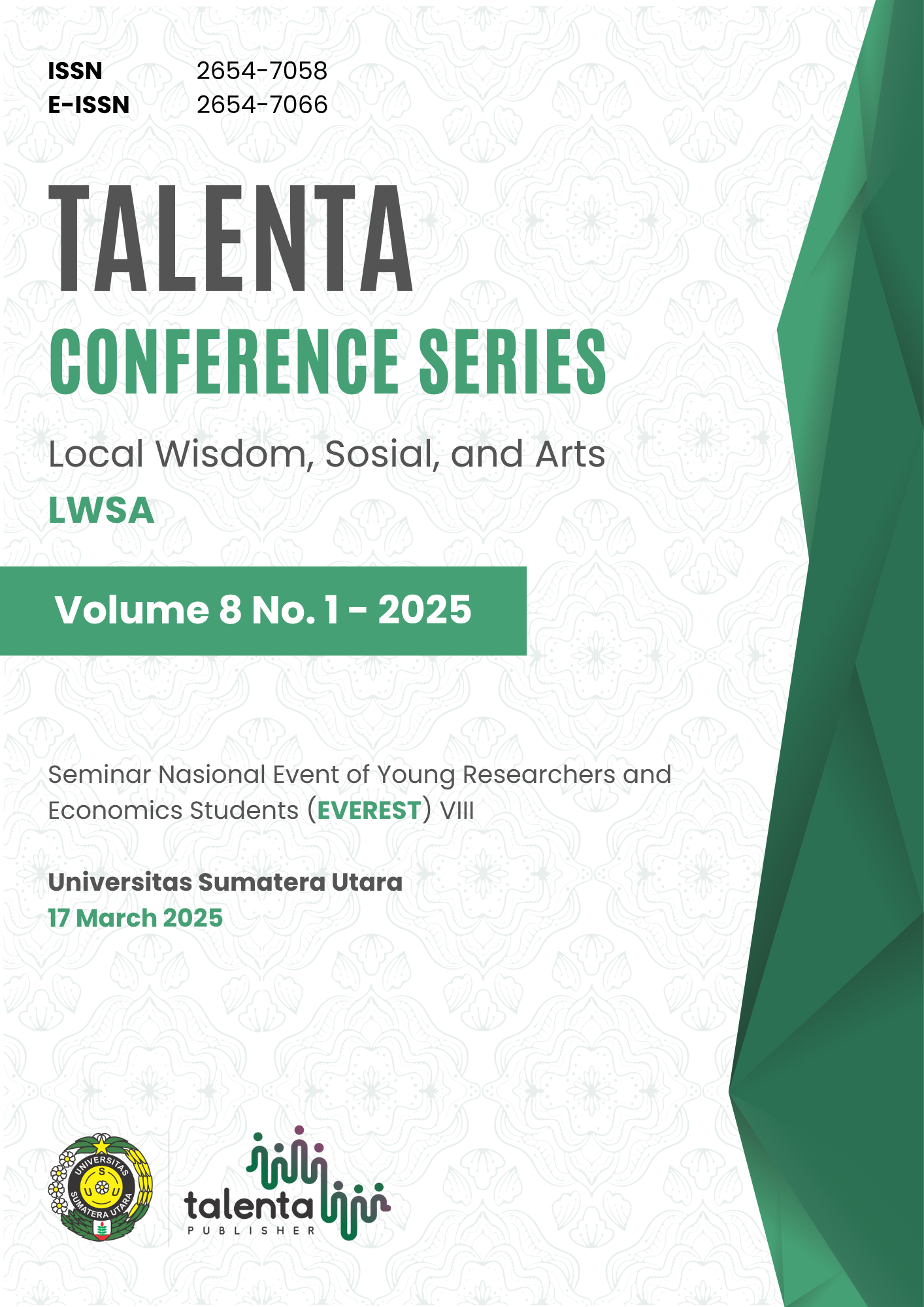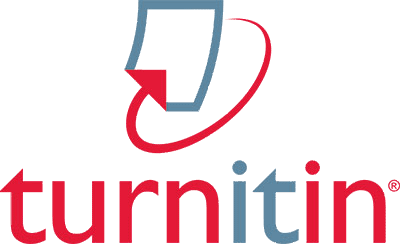Analysis Of Leading Commodities In The Agricultural Sector In Humbang Hasundutan District
| Authors | ||
| Issue | Vol 8 No 1 (2025): Talenta Conference Series: Local Wisdom, Social, and Arts (LWSA) | |
| Section | Articles | |
| Section |
Copyright (c) 2025 Talenta Conference Series  This work is licensed under a Creative Commons Attribution-NonCommercial-NoDerivatives 4.0 International License. |
|
| Galley | ||
| DOI: | https://doi.org/10.32734/lwsa.v8i1.2381 | |
| Keywords: | Leading Commodities Location Quotient Shift Share | |
| Published | 2025-02-28 |
Abstract
This research aims to determine what are the leading commodities in the agricultural sector in Humbang Hasundutan Regency as information and consideration in determining the direction of regional economic development policies. This research used secondary time series data, namely agricultural commodities based on their subsectors in the publication of Humbang Hasundutan Regency Figures 2018-2022. The analytical tools used in this study are Location Quotient analysis, Shift Share analysis, and a combined analysis of both. Location Quotient analysis results show the following results: (a) the food crop subsector which is a leading commodity is corn, peanuts, and sweet potatoes. (b) the horticultural crops subsector, whose leading commodities include shallots, leeks, potatoes, cabbage, cayenne pepper, tomatoes, durian, salak, avocado, jengkol, petai, galangal and also ginger. (c) the plantation crops subsector, whose leading commodities are rubber, coconut, coffee, incense, and tobacco. Shift Share analysis shows that the leading commodities that are progressive are corn, peanuts, shallots, durian, salak, avocado, jengkol, and petai. The leading commodities that are the first priority for development are corn, durian and avocado. The second priority commodities for development are peanuts, sweet potatoes, shallots, leeks, potatoes, cabbage, cayenne pepper, tomatoes, salak, avocado, petai, rubber, coffee, and incense. Leading commodities that are the third priority for development are galangal, ginger, coconut, and tobacco.






